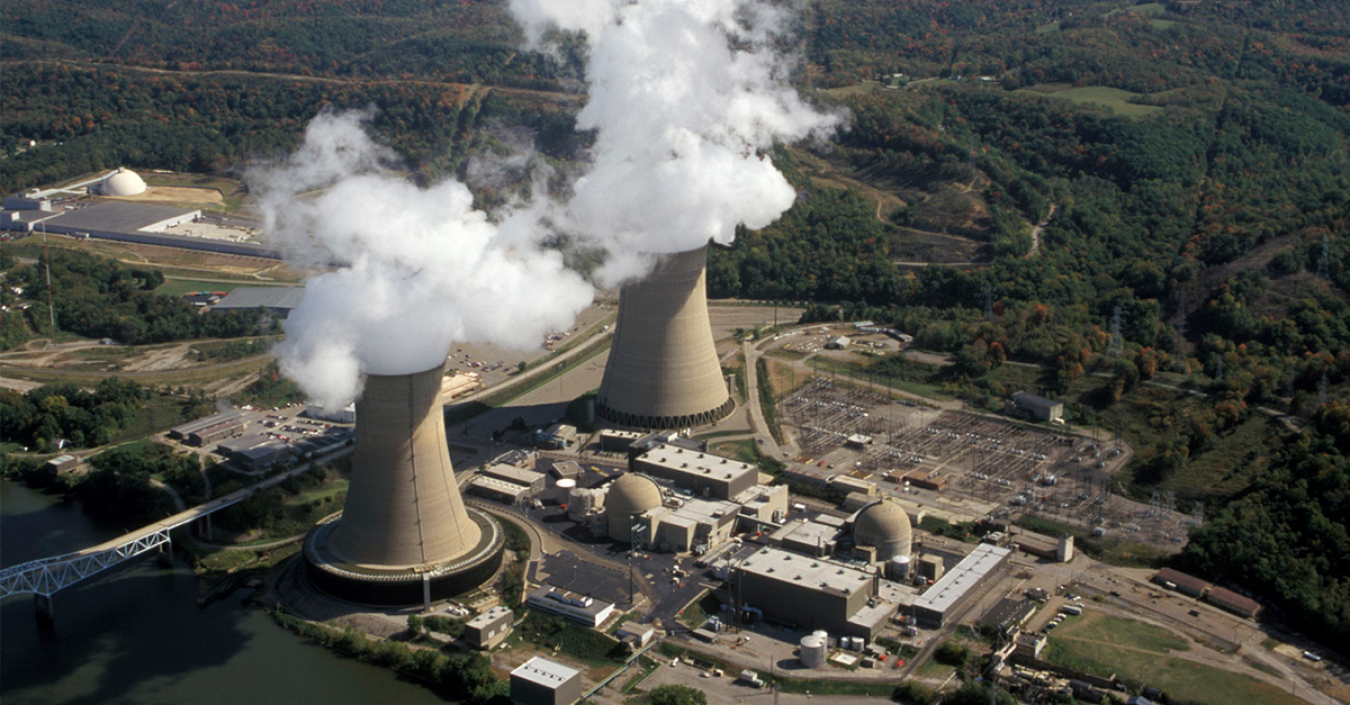5 nuclear storylines to keep an eye on in 2019.
January 8, 2019With growing concerns over the climate and heated debates on grid reliability, the narrative on nuclear is starting to shift.
More and more people are starting to realize that the nation’s largest and most reliable source of clean energy must be in the mix to help America meet its future energy needs.
The next decade will be crucial for the industry as it desperately tries to bridge the gap between its current fleet of reactors and new designs that are smaller, more flexible and cheaper to build.
Here are five storylines to watch for in 2019.
1. Accident tolerant fuel testing

Accident tolerant fuels are new, robust fuels that have the potential to improve plant performance and survive longer in accident conditions.
The U.S. Department of Energy (DOE) is working with industry on an aggressive timeframe to commercialize these fuels by 2025.
Framatome, General Electric and Westinghouse are testing their concepts in commercial reactors in 2019—an important step in licensing the fuels.
If these projects stay on track, they could help make the case for utilities to extend operating licenses on reactors that are set to expire in the 2030s.
2. Nuclear is getting smaller
NuScale Power passed the first phase of the U.S. Nuclear Regulatory Commission (NRC) review process in 2018 and is currently building out its supply chain for its small modular reactor (SMR).
One thing to watch in 2019 will be electricity wholesaler, Utah Associated Municipal Power Systems (UAMPS). The group is working to secure power contracts from its utility members to build America’s first SMR project at Idaho National Laboratory (INL) by 2026.
DOE recently showed its support for the project by agreeing to purchase two SMRs to help meet its research and power needs at the lab.
The department is also expected to deliver a report to Congress on a pilot program for the future use of microreactors at essential federal facilities and military bases. More than ten developers have already expressed interest in the project.
3. Advancing advanced reactors


Congress authorized DOE to develop a fast test reactor to speed up the development of advanced reactors and materials.
It’s now up to Secretary of Energy Rick Perry to decide whether DOE moves forward with the project or not. Perry is expected to make that decision by April 2019.
DOE is also looking into new ways of producing high assay low-enriched uranium, also known as HALEU.
HALEU doesn’t commercially exist in the United States and is enriched with a higher percentage of uranium 235 atoms. It’s required by most advanced reactors to achieve smaller designs that get more power per unit of volume.
DOE is considering repurposing used fuel from the U.S. Navy and a national lab test reactor as two temporary options.
The industry anticipates it will need nearly 600 metric tonnes of HALEU by 2030 to get new reactor designs to market.
4. Nuclear bills on the Hill
Congress is considering a variety of bills to advance nuclear in the United States and also keep it in the clean energy conversation.
President Donald Trump signed new legislation back in September to eliminate some of the financial and technological barriers standing in the way of nuclear innovation.
He’s also expected to sign the Nuclear Energy Innovation and Modernization Act, which already passed both houses. The bill aims to reform the NRC fee structure and directs the agency to develop a streamlined licensing process for advanced reactor designs.
Other pending legislation includes the Nuclear Energy Leadership Act (NELA), which focuses on authorizing long-term power purchase agreements for nuclear power. NELA also calls for new advanced reactor demonstration projects and the development of a HALEU fuel supply chain.
The bipartisan bill is expected to be reintroduced in the new Congress in 2019.

5. State efforts on clean energy

Will more states include nuclear as part of their clean energy policies?
Two nuclear power plants recently received zero carbon energy contracts in Connecticut. The decision could potentially save the state’s Millstone plant from early retirement.
Two states to keep an eye on in 2019 are Pennsylvania and Ohio, where five reactors at four plants are at risk of early retirement due to economics in the region.
Other states such as New Jersey, Illinois and New York have already adopted new ways to include nuclear as part of their clean energy policies.



